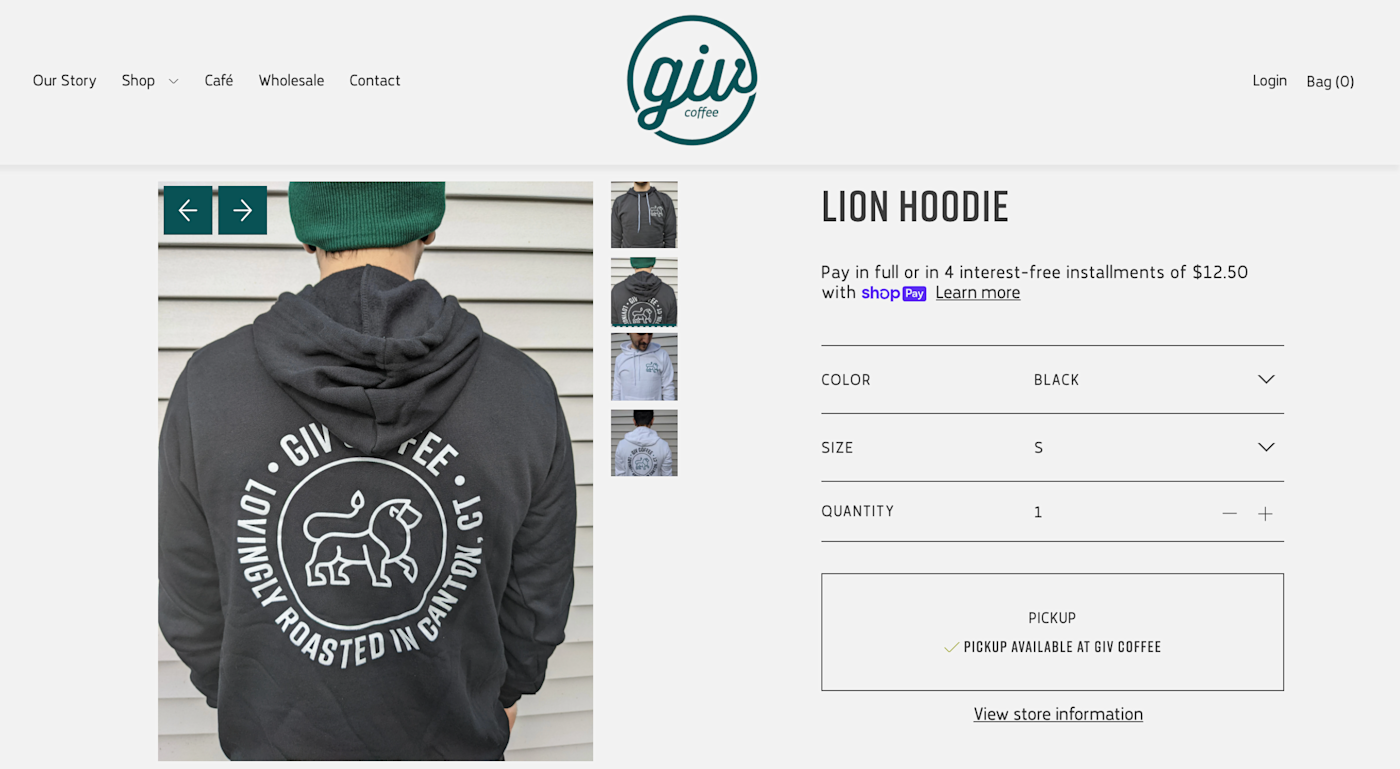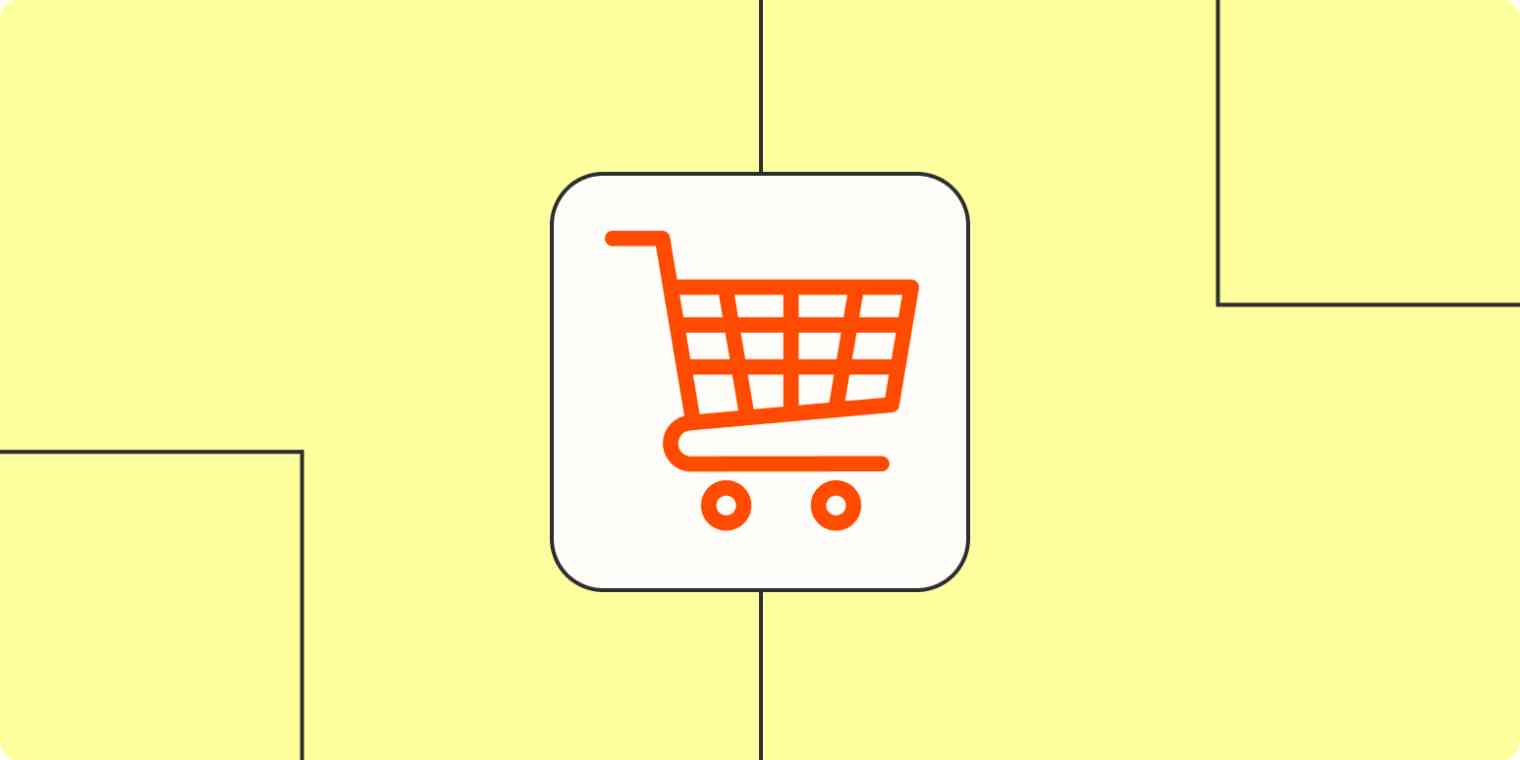Selling stuff on an eCommerce website is one thing. You have your whole business set up for storage, shipping logistics, marketing products—you name it. But what if you have a non-retail website and just want to sell a few things on the side? What if you just want to sell a few pieces of branded merchandise on your company site?
eCommerce is hard enough for full-time retailers, so doing it as a side hustle might seem overwhelming. But promotional merchandising can improve business for any company or influencer—with advantages beyond just making some extra cash.
Here, I'll walk through the best approach to selling just a handful of items online without uprooting your entire business model or redoing your whole website.
The advantages of merchandising—for any brand
First things first: let's talk about why a non-retail brand would even bother selling products. After all, if you're a service provider, software developer, or trade specialist, wouldn't selling products distract from your main objectives?
There's some truth to that, which is why non-retail companies should limit how many goods they sell and how much they invest in eCommerce. But selling a few items, especially branded merchandise, can add unique benefits to your business.
For non-retail companies, merchandising isn't just about the money (although extra income is always welcome). It largely deals with branding: raising awareness among consumers who don't know you and recognition among customers who already do. Every time someone sees a mug, t-shirt, hat, whatever else with your logo on it—on the street or in their own home—it's a form of advertising.
Choosing the right type of merchandise can also enhance brand affinity and association, both of which go a long way for customer retention. For example, a few years ago, Dunkin' sold a special lip balm flavored like their donuts. The campaign was successful not just for unloading lip balm, but also for reminding loyal customers how much they love their donuts.
What to sell
You want to be sure that your merchandise creates the best possible associations for your brand. But what's most important is what makes an impression on your specific customer base. Before choosing your merchandise, take a good, hard look at what your target customers want—or even need.
For example, if your ideal customers are young and fashionable, branded apparel and accessories could work well, as long as the styles match. If you're targeting families, you might go with indestructible items or something that'll keep the kids busy in the car for a few minutes.
If nothing in particular stands out, or if your target customer group is too broad, you can always fall back on the "old reliables" of branded merchandise. These are evergreen products that most people need anyway and can fit into virtually any brand or industry:
t-shirts
hoodies
baseball hats
pins
mugs
posters
tote bags
backpacks
stickers
phone cases

It's a long list, so be mindful of how many different products you sell. If you're selling more than a few items, it's best to open up a dedicated online store rather than overtax a website that wasn't built for eCommerce.
Also: keep in mind that you'll need to invest some capital before turning a profit. There will be a markup, sure, but do the math first to understand how many items you'll have to sell before you break even. (Even if profit isn't your only goal, you don't want to lose too much money on the effort.)
How to find or source products for merchandise
When it comes to selling on the side, most companies don't make products themselves—they either buy them in bulk or partner with a manufacturer. Here are a few options for sourcing merchandise to sell.
White- and private-label products
White- and private-label products are designed especially for rebranding: manufacturers sell them to other companies to sell under their own brand. If you've ever seen a generic store-brand item in a grocery or convenience store, those are often white- or private-label products the store bought from a third party and rebranded.
Products sold to multiple brands simultaneously are "white-label," and products sold only to one brand are "private-label." If you don't mind other companies selling the same product under a different name, white-label products are fine—and that'll be the case most of the time since I doubt you care when it comes to t-shirts and hats. But if you want exclusive selling rights to a certain product, use private-label products.
White- and private-label products are ideal for selling on the side: you still get high-quality goods without investing in making or storing too many at a time.
You can find white-and private-label manufacturers in all sorts of directories online. If you have some original ideas that you want professionals to manufacture for you, try Maker's Row. It's also a good resource for collaborative product development.
Dropshipping
Dropshipping is the method that takes the least effort, but it yields the least profit. You essentially just sell other people's products on your site for a commission. The upside is that you don't have to worry about manufacturing, storage, or shipping at all—you hand sales orders to the supplier, and they take care of the rest. The downside is that you take a smaller percentage of the profit, the standard being 15-20%.
While full-time dropshippers have to focus on marketing and product trends, companies looking to sell products on the side can leverage their own reputation and marketing campaigns. The method actually makes more sense when you already have a pre-existing brand. Just don't expect a sizable income.
Wholesale
Wholesale is the method most professional retailers use. You simply buy products in bulk with a price break, directly from the manufacturer or wholesaler. The method is the most straightforward, but it requires you to store the unsold inventory yourself.
Unlike white-and private-label products, wholesale product sourcing doesn't let you rebrand the products. While this could be useful as an extra source of income, you don't really get the same branding benefits as the other options.
How to sell merch online
To successfully sell products online from your own site, you need both checkout functionality and a payment gateway. Installing these depends entirely on which platform you've built your site on—sometimes it's a quick add-on; other times it requires time or money.
Here's a quick rundown of how to add eCommerce options to various websites. And if all else fails, you can always build a small separate online store.
WordPress
It's easy to turn any WordPress site into an online store with just one plugin: WooCommerce. Downloading the WooCommerce plugin enables checkouts and payment gateways, plus provides templates for listing products and offers convenient sales analytics. With the shipping extension, you can also print shipping labels from your dashboard.
The best part about WooCommerce is it's free to use, although they do take a small cut of each purchase.
Wix
To sell products on a Wix site, you first need to upgrade to an eCommerce plan. They offer three: Basic, Unlimited, and VIP. Upgrading unlocks all the necessities, like checkout and payment gateways, plus gives you access to templates for building a product catalog.
Weebly
Because of their partnership with Square Online, it's pretty easy to integrate eCommerce into a Weebly site, but only the Pro and Business plans allow eCommerce. The Business plan, the most expensive, offers the most eCommerce features, but the Pro plan is still adequate for selling a few products on the side.
Read our comparison of Wix vs. Weebly for more details.
Squarespace
Just like Wix, you need one of the eCommerce plans to sell products on Squarespace: Business, Basic Commerce, or Advanced Commerce. While the two Commerce plans offer the more advanced eCommerce features, the common Business plan still allows the bare essentials of selling online. If you're just selling a few items, the Business plan is enough.
Once you have your site upgraded, you can also connect it to Zapier, which lets you do things like log all your orders in a spreadsheet, get notifications for new orders, or automatically add purchasers to your email list.
Build a separate store
If you've built your site on a different platform or just don't want to upgrade your plan, you can always build a separate online store. Most eCommerce site platforms have their own monthly fees, but Square Online and Big Cartel both offer completely free plans. You won't get many features, but if you're only selling a few basic items, it might not matter.
The biggest problem with building a separate store is that people have to leave your site to complete a purchase. This isn't always a big deal, but in general, every new step a shopper has to take decreases their chances of following through with a purchase. That's why building a separate eCommerce store should be a last resort solution.
Boost your brand with merch
Virtually any business can sell a few items on the side with no major downsides. Remember: it's not always about the money. Branded products bring you and your customers closer together, and the more they like the products you sell, the more eager they'll be to call you for other business.





